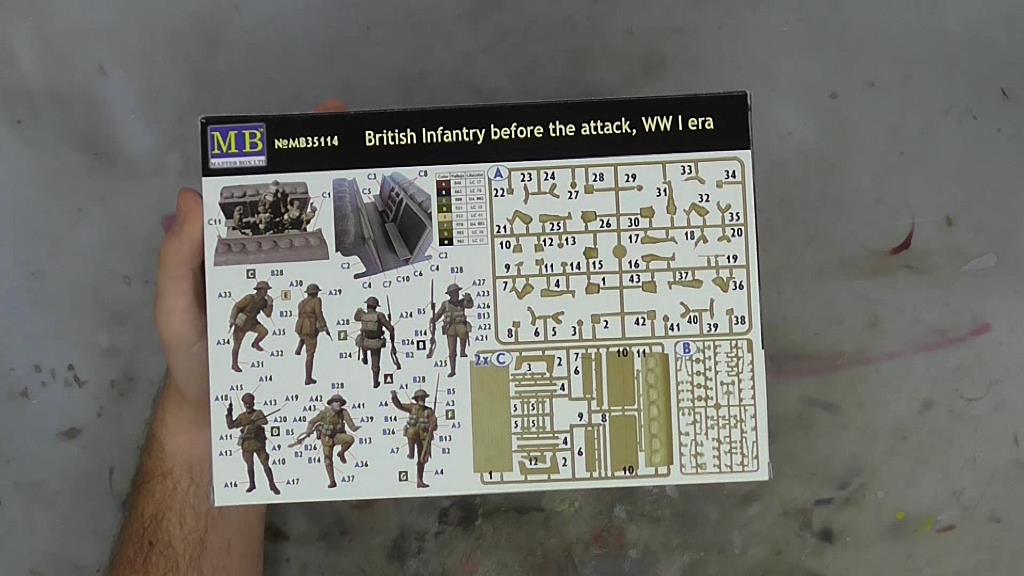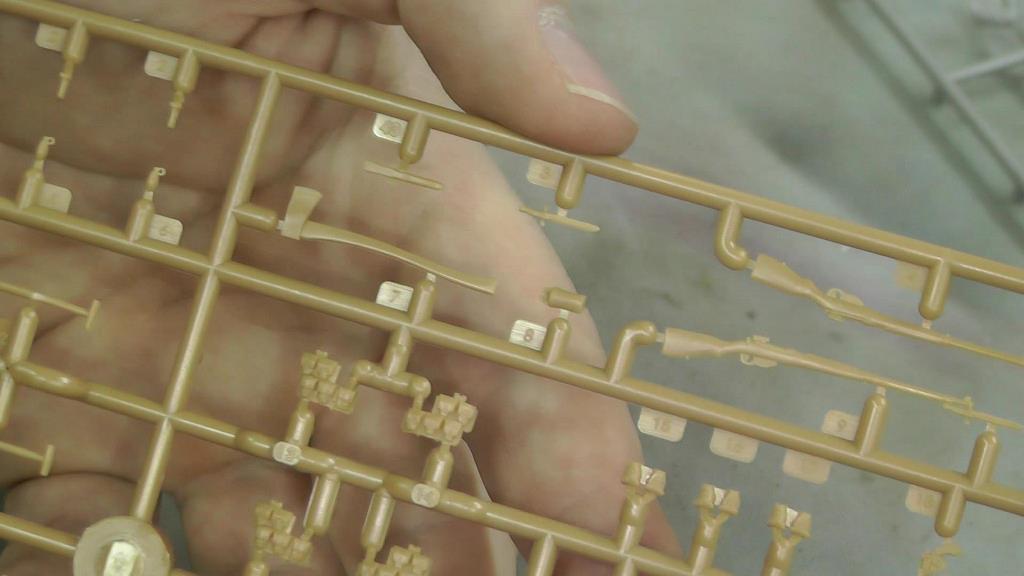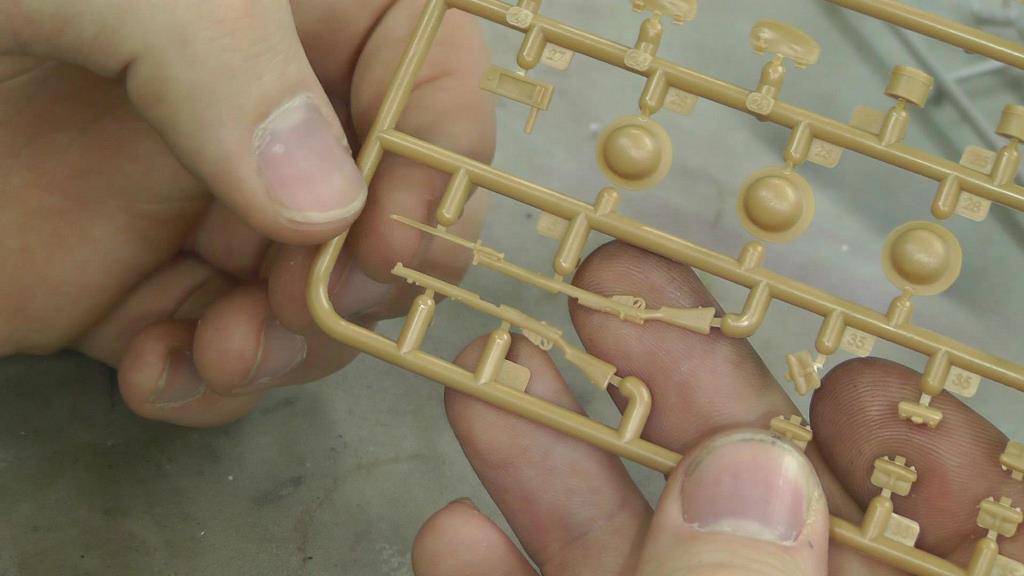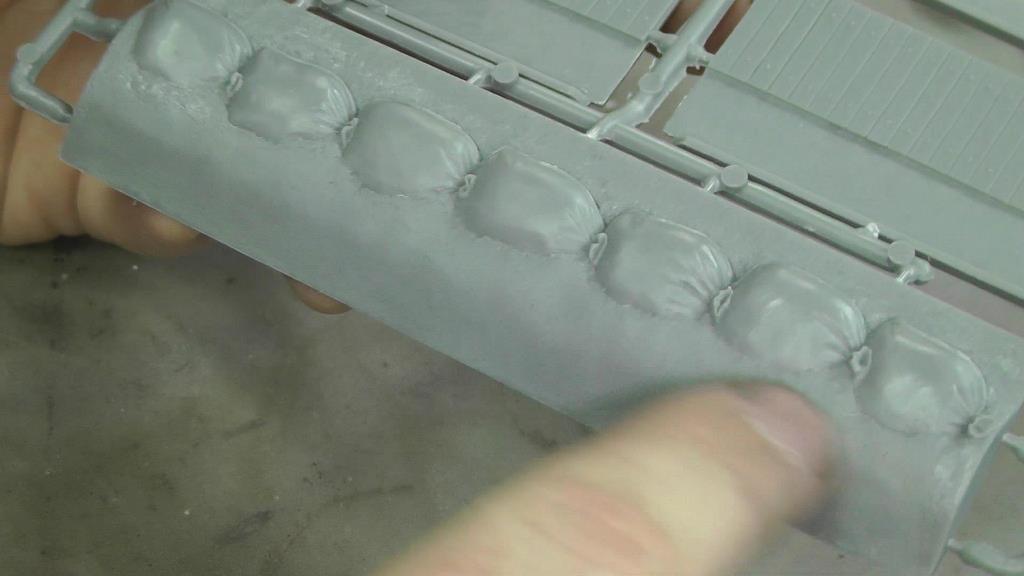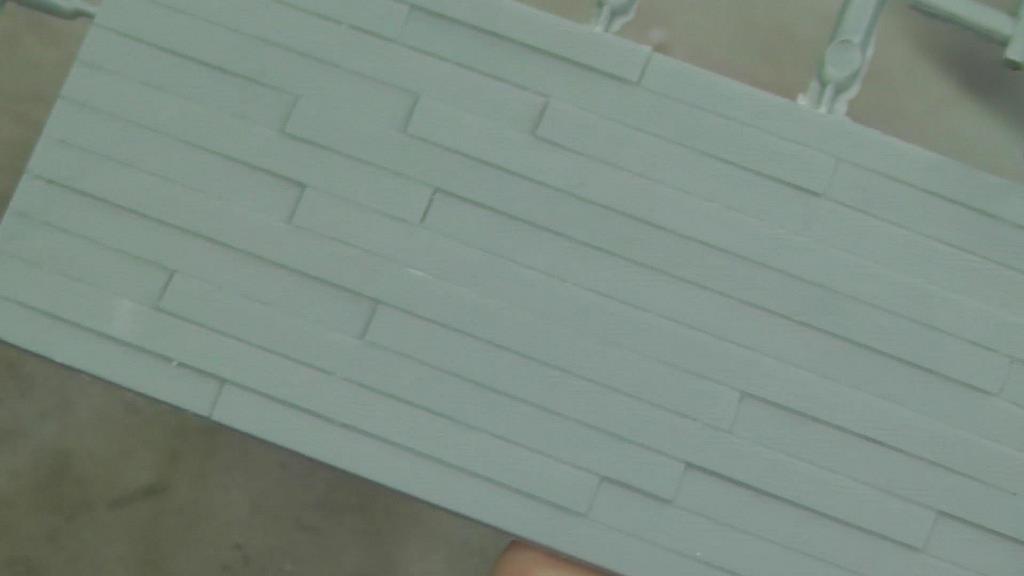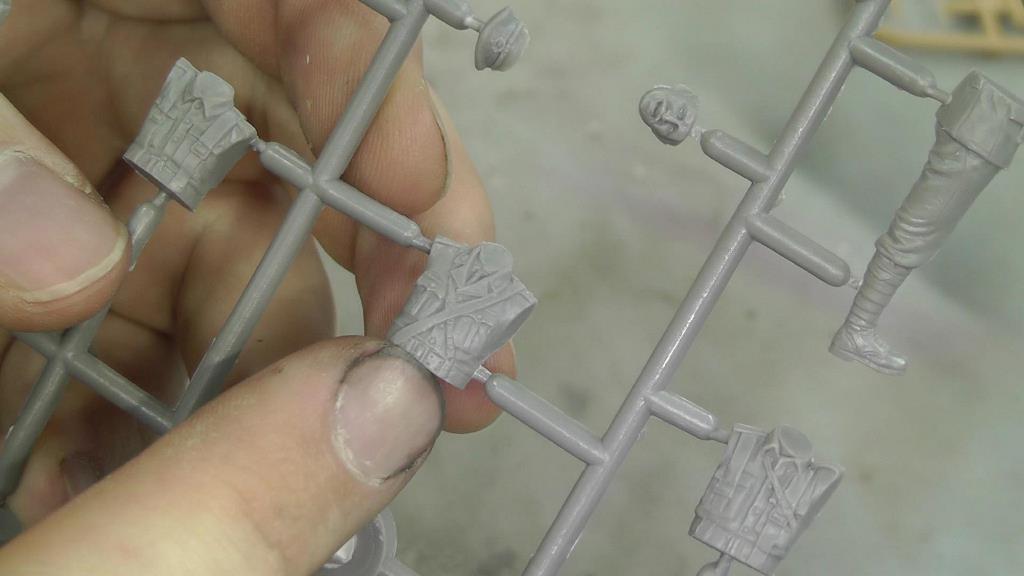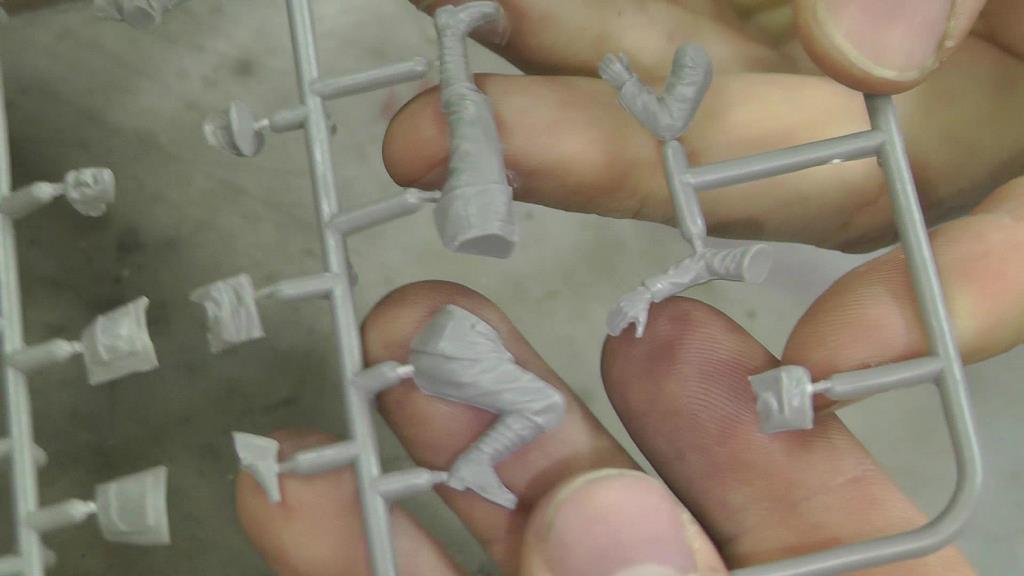Subtotal: £2.25
Master Box : British WWI Infantry Before The Attack : 1/35 Scale Model : In Box Review
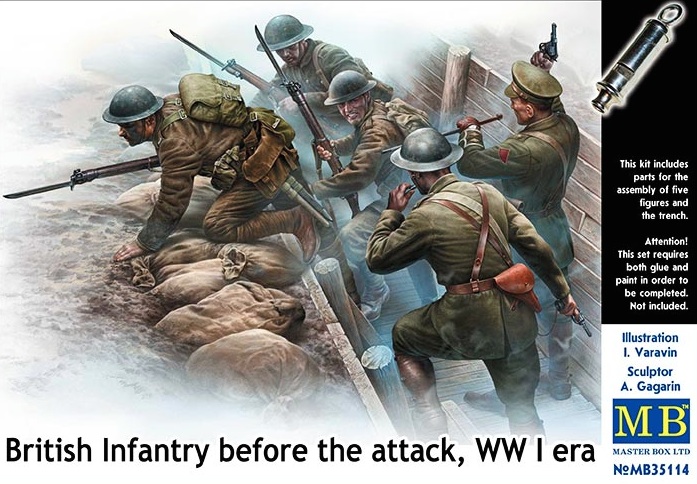
British WWI Infantry
- Manufacturer: Master Box
- Scale: 1/35
- Camera Angels: 3
- Camera Definition: Full HD
- Presented By: Bobby Waldron
- Marking options: 1
- Model dimension: Length: ?? Wingspan: ?? Height: ??
- Decals: Non
- PE parts: No
- Painting mask: No
- Resin parts: No
- Item No: MB35114
The British Army during World War I fought the largest and most costly war in its long history. Unlike the French and German Armies, the British Army was made up exclusively of volunteers—as opposed to conscripts—at the beginning of the conflict. Furthermore, the British Army was considerably smaller than its French and German counterparts.
Men of the Wiltshire Regiment attacking near Thiepval, 7 August 1916, during the Battle of the Somme. Photo taken by Ernest Brooks.
During World War I, there were four distinct British armies. The first comprised approximately 247,000 soldiers of the regular army, over half of whom were posted overseas to garrison the British Empire, supported by some 210,000 reserves and a potential 60,000 additional reserves. This component formed the backbone of the British Expeditionary Force (BEF), which was formed for service in France and became known as the Old Contemptibles. The second army was provided by the approximately 246,000-strong Territorial Force, initially allocated to home defence but used to reinforce the BEF after the regular army suffered heavy losses in the opening battles of the war. The third army was Kitchener’s Army, comprising men who answered Lord Kitchener’s call for volunteers in 1914–1915 and which went into action at the Battle of the Somme in 1916. The fourth army was the reinforcement of existing formations with conscripts after the introduction of compulsory service in January 1916. By the end of 1918, the British Army had reached its maximum strength of 3,820,000 men and could field over 70 divisions. The vast majority of the British Army fought in the main theatre of war on the Western Front in France and Belgium against the German Empire. Some units were engaged in Italy and Salonika against Austria-Hungary and the Bulgarian Army, while other units fought in the Middle East, Africa and Mesopotamia—mainly against the Ottoman Empire—and one battalion fought alongside the Japanese Army in China during the Siege of Tsingtao.
The war also posed problems for the army commanders, given that, prior to 1914, the largest formation any serving General in the BEF had commanded on operations was a division. The expansion of the British Army saw some officers promoted from brigade to corps commander in less than a year. Army commanders also had to cope with the new tactics and weapons that were developed. With the move from manoeuvre to trench warfare, both the infantry and the artillery had to learn how to work together. During an offensive, and when in defence, they learned how to combine forces to defend the front line. Later in the war, when the Machine Gun Corps and the Tank Corps were added to the order of battle, they were also included in the new tactical doctrine.
The men at the front had to struggle with supply problems–there was a shortage of food; and disease was rife in the damp, rat-infested conditions. Along with enemy action, many soldiers had to contend with new diseases: trench foot, trench fever and trench nephritis. When the war ended in November 1918, British Army casualties, as the result of enemy action and disease, were recorded as 673,375 killed and missing, with another 1,643,469 wounded. The rush to demobilise at the end of the conflict substantially decreased the strength of the British Army, from its peak strength of 3,820,000 men in 1918 to 370,000 men by 1920.


